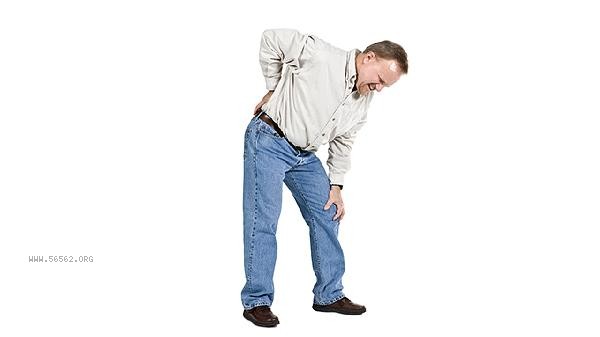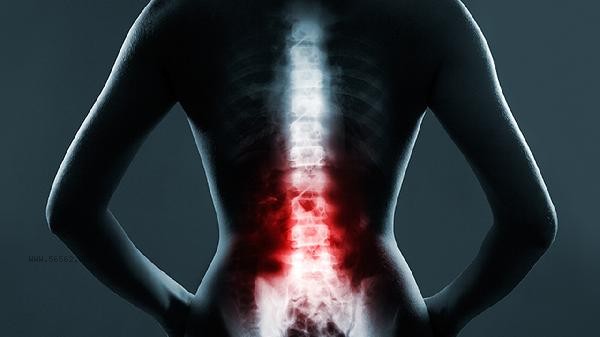Poor waist muscle strength can be exercised through movements such as plank support, supine abdominal roll, bird dog style, hip bridge, and Russian rotation. The core muscle group includes rectus abdominis, oblique abdominis, erector spinae, etc. Strengthening these muscles can improve posture stability and athletic performance.

1. Flatbed Support
Flatbed support is the basic movement of static core training, mainly activating the transverse abdominal muscles and erector spinae muscles. In a prone position, use your forearms and toes to support your body, keeping your head, neck, back, and hips in a straight line to avoid collapsing your waist or raising your hips. At the beginning, it can last for 20 seconds each time, gradually extending to 1 minute. This action can enhance the endurance of the deep core muscle group and help alleviate compensatory strain in the lower back.
2. Supine abdominal roll
Dynamic training is performed on the rectus abdominis muscle during supine abdominal roll. Lie flat on your knees and contract your abdomen to lift your shoulder blades off the ground, using your abdomen to exert force instead of pulling your neck. Pause briefly at the top of the action and feel the muscle contraction. 12-15 sessions per group can effectively improve abdominal muscle strength. For those with discomfort in the waist, a towel can be placed under the waist to reduce pressure.
3. Bird Dog Style
The bird dog style enhances core stability through cross stretching. Under the four point kneeling position, simultaneously extend the opposite arm and leg, maintaining balance of the torso without rotation. The movements need to be controlled slowly, 8-10 times per side per group. This movement can coordinate the muscles of the lower back and improve the weak waist strength caused by muscle imbalance.

4. Hip bridge
The hip bridge focuses on activating the gluteus maximus and lower erector spinae muscles. Lie on your back, bend your knees, and push your hips upwards to form a straight line with your shoulders and knees, then contract your gluteal muscles at the peak. Control speed during descent to avoid lumbar compensation. 15-20 sessions per group, long-term practice can enhance pelvic stability and reduce lumbar load.
5. Russian Rotation
Russian rotation exercises the abdominal oblique muscle and rotational core strength. Sit with knees bent and legs lifted, hands clasped, turn left and right to touch the ground. Keep your back straight and avoid rounded shoulders, alternating 20 times per group. This action can enhance the torso's resistance to rotation and prevent lumbar sprains.

It is recommended to conduct 3-4 core training sessions per week, with an initial selection of 2-3 action combinations for practice, with 2-3 sets of each action. Before and after training, it is necessary to fully warm up and stretch the waist and back muscles to avoid sudden exertion. Pay attention to maintaining the correct sitting posture in daily life and avoid sitting for long periods of time and bending over. After the improvement of core strength, the difficulty of movements can gradually increase, such as side plank support, hanging leg lifting, and other composite training. If there is pain or persistent soreness in the lower back during training, stop immediately and consult a rehabilitation physician.








Comments (0)
Leave a Comment
No comments yet
Be the first to share your thoughts!